
An unseasonably early cold snap is sweeping across the northern United States, prompting the National Weather Service (NWS) to issue freeze warnings in at least nine states.
This marks the first significant meteorological disruption of the season, with temperatures expected to fall well below freezing in multiple regions over the next few nights.
Homeowners and farmers are being advised to prepare for potentially damaging frost and its potential impacts on infrastructure and crops. How will this sudden change affect communities as winter draws near?
Expanded Alerts

The reach of the current freeze warnings demonstrates the severity of this early cold spell, as states ranging from New York and Michigan to the Dakotas are now under advisories.
The widespread alerts mark an unusual deviation from typical seasonal patterns, as such warnings rarely cover this many regions simultaneously in early October.
Residents are advised to monitor local conditions closely and follow recommended safety measures. Will colder nights persist all month?
Frost Arrives Early

Historically, the northern U.S. experiences its first hard frosts later in October; however, recent years have shown a trend towards earlier arrivals.
The onset of freeze warnings well before Halloween reflects changing weather patterns that challenge both agricultural cycles and municipal preparedness.
Meteorologists emphasize that these changes can produce unpredictable risks for growers and travelers alike. Are these shifts likely to continue for future seasons?
Agricultural Impact

Farmers in affected regions are racing to protect late-season crops from sudden frost damage. Sensitive plants and unharvested produce stand at high risk as temperatures dip below 32°F.
The freeze warnings also threaten perennial crops and stored supplies, driving up costs and operational stress for agricultural businesses. How are local producers adapting to these crisis conditions?
NWS Issues Freeze Alerts
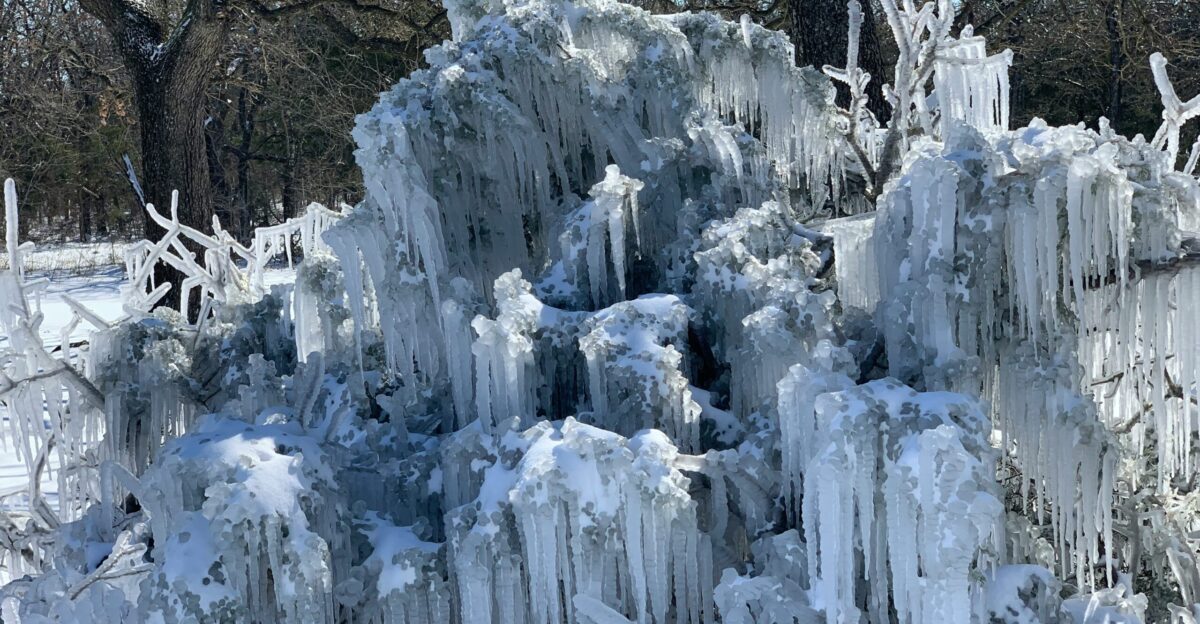
The National Weather Service confirmed freeze warnings for at least nine states on October 7, including Vermont, Maine, New Hampshire, and Massachusetts.
These alerts cite forecasted lows in the 20s and warn of overnight temperatures dropping beneath the freezing threshold.
Communities have responded quickly, implementing precautions for exposed water pipes and gardens as the situation evolves.
Midwest Feels the Chill

Midwestern states, such as Michigan, Minnesota, and Wisconsin, are experiencing a rapid drop in temperatures, raising concerns over road conditions and rural infrastructure.
Frost and freeze advisories highlight risks to crops and outdoor plumbing, and the cold front’s unpredictable path increases uncertainty for both residents and businesses. Are Midwestern towns prepared for more extreme weather events in the weeks ahead?
Road Hazards Develop

As temperatures drop rapidly, icy conditions may develop on bridges and overpasses, posing hazards for morning commuters and travelers.
The NWS has warned that roads could become slick overnight, emphasizing caution for drivers in the impacted states.
State departments of transportation are preparing to deploy deicing teams as necessary, especially in areas prone to early season ice. Can motorists avoid accidents as winter-like conditions intensify?
Community Response

Local officials are urging citizens to take protective measures, such as covering plants and insulating exposed plumbing.
Many towns are opening warming centers and extending public services to residents in need of assistance during the cold snap.
Community organizations are providing support to vulnerable populations as temperatures drop. Will these collective efforts be enough to mitigate early season hardships?
Expert Perspective
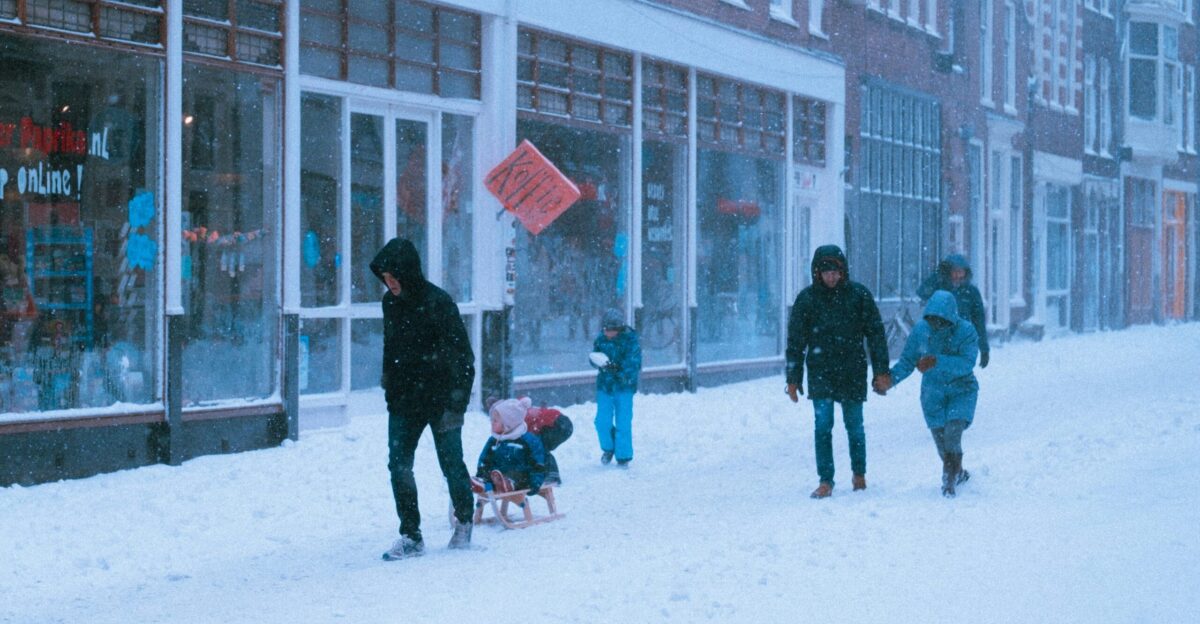
Climate scientists emphasize that persistent variability in weather patterns is influencing the timing and extent of freeze alerts across the Midwest and Northeast this year.
Shifts in atmospheric and oceanic conditions contribute to unpredictable freeze events, complicating forecasting efforts.
Agencies like NOAA are reassessing prediction models to improve accuracy and community preparedness for future early cold snaps. This approach aims to enhance readiness amid increasingly erratic seasonal weather.
Power and Utility Strains

As heating demand surges during the freeze, utility companies are monitoring energy grids to ensure reliability.
Increased call volumes for pipe repair and emergency heating services are already being reported in several states.
Some regional providers have activated contingency plans to prevent outages and limit disruption. Is the infrastructure robust enough to face harsher cold waves ahead?
Farmer Challenges
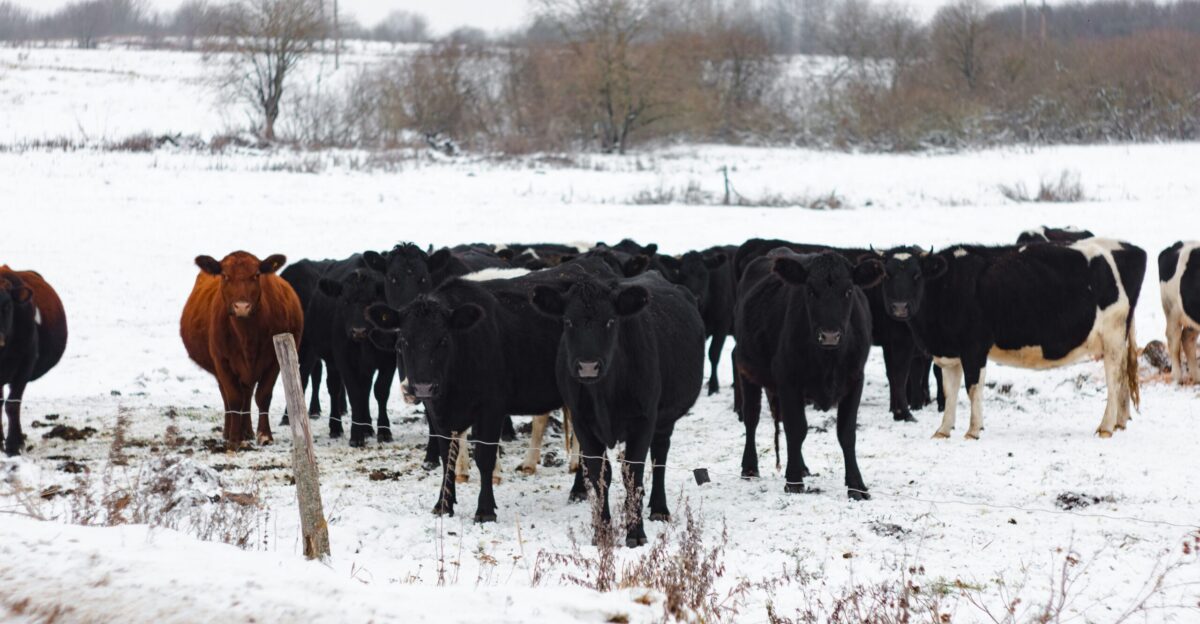
Growers in northern states have voiced frustration at being caught off guard by the early freeze, with limited time to prepare fields and shelter livestock.
Crop losses are expected where frost struck before the final harvest, affecting local supply chains. Agricultural groups are advocating for expanded insurance measures and more rapid emergency funding to recover from the event.
Policy Adjustments
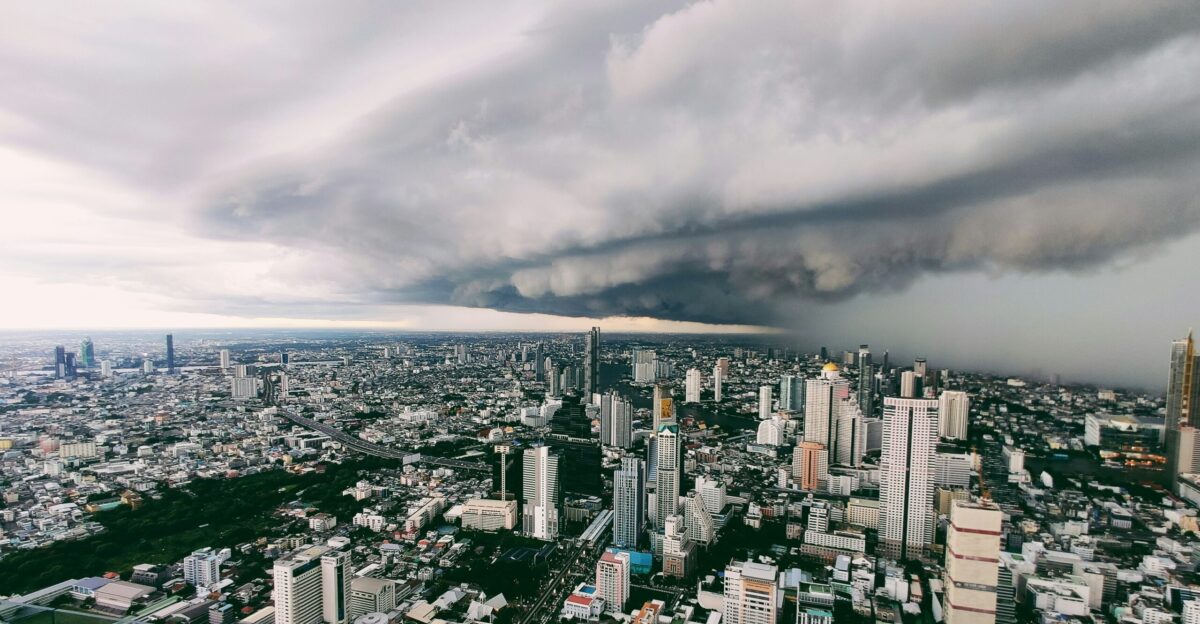
State governments are considering updates to emergency protocols as the frequency of early weather alerts increases.
Investments in early-warning technology and infrastructure upgrades have been prioritized in response to unpredictable seasonal threats.
The latest freeze has prompted discussions about climate resilience and community readiness at multiple levels.
Regional Conditions

Recent freeze alerts have prompted concerns about local agricultural conditions, but commodity market prices have remained mostly steady in early October.
Key staples, such as maize, wheat, and soybeans, have not experienced significant short-term increases, according to market reports.
Instead, producers and distributors are focused on assessing crop damage and taking preventive measures to sustain future inventories. The broader market outlook remains cautious as weather variability continues.
Scientific Uncertainty
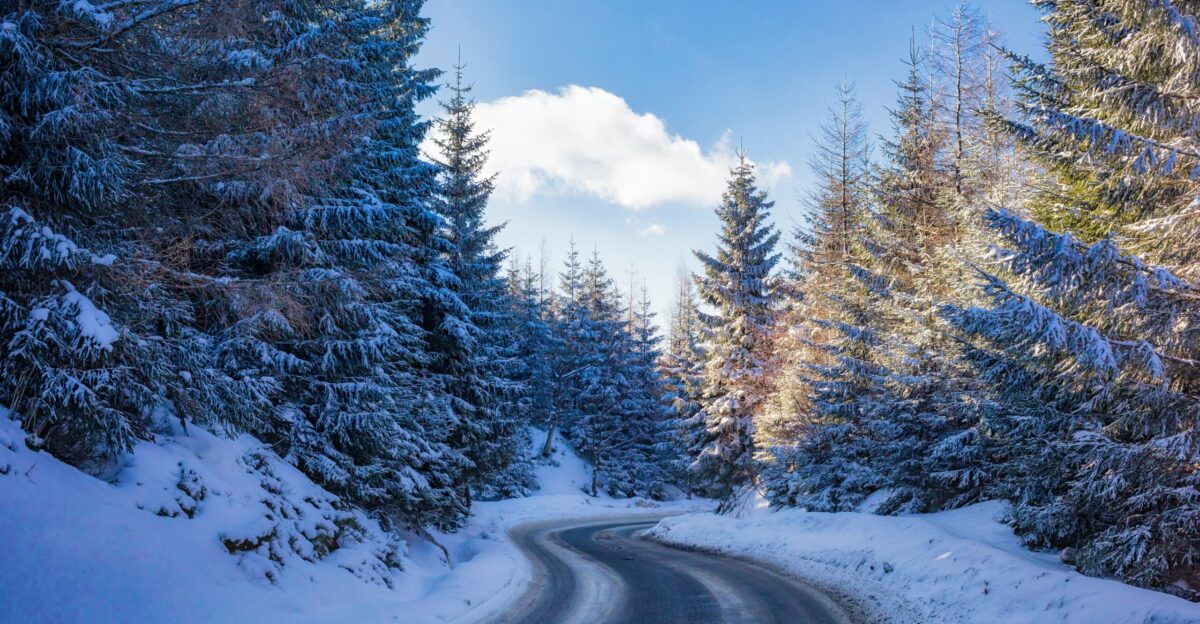
Weather experts and market analysts remain uncertain about just how severe this winter might become. Ongoing monitoring of climate trends suggests volatility in both temperatures and precipitation patterns, keeping forecasting complicated for the northern U.S. The unpredictability challenges long-standing assumptions about seasonal timing and preparedness.
Looking Ahead
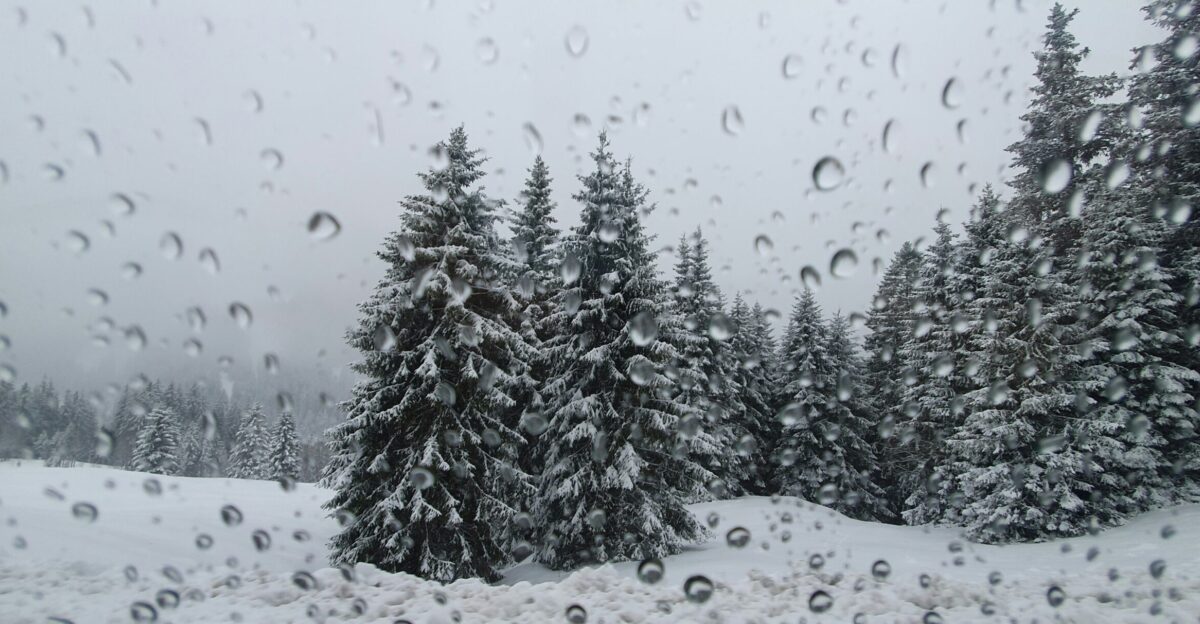
With early freezes already disrupting routines, Americans are left to wonder what the rest of the season holds. Meteorologists stress, “Preparedness is our best defense against extreme weather.”
As communities reflect on lessons learned, the nation watches for signs that resilience efforts will protect lives and property in the months ahead.